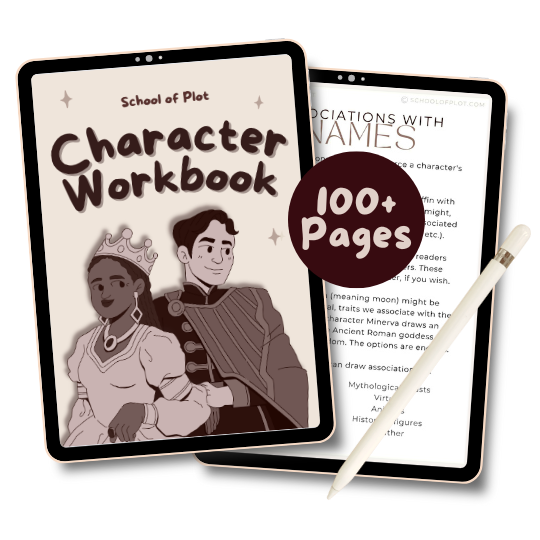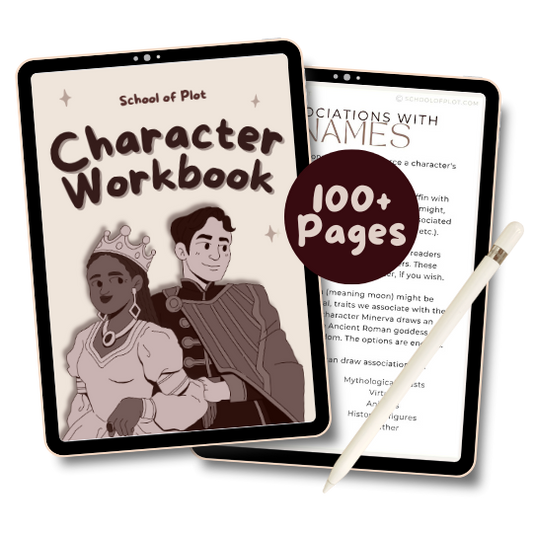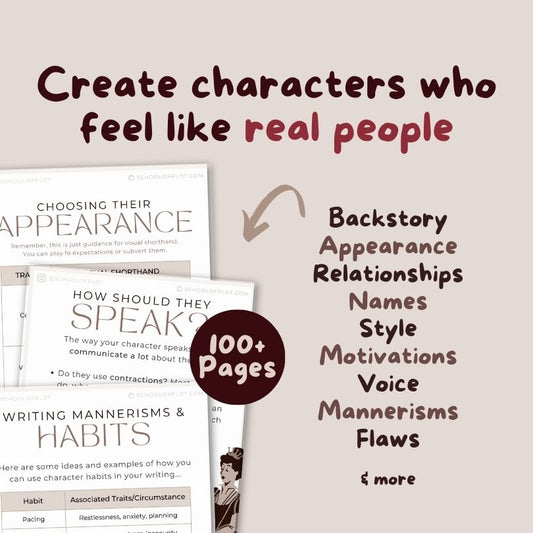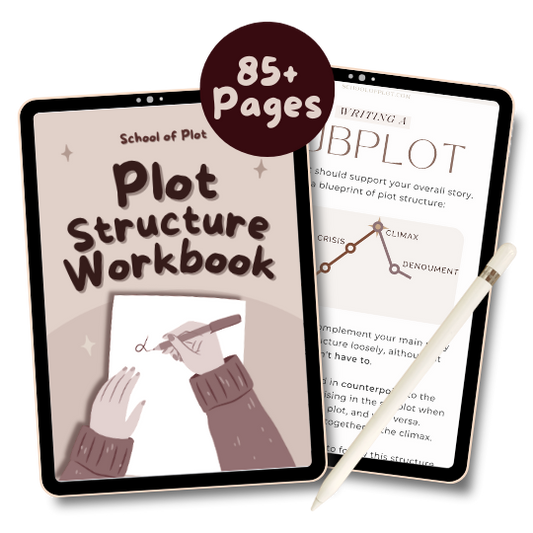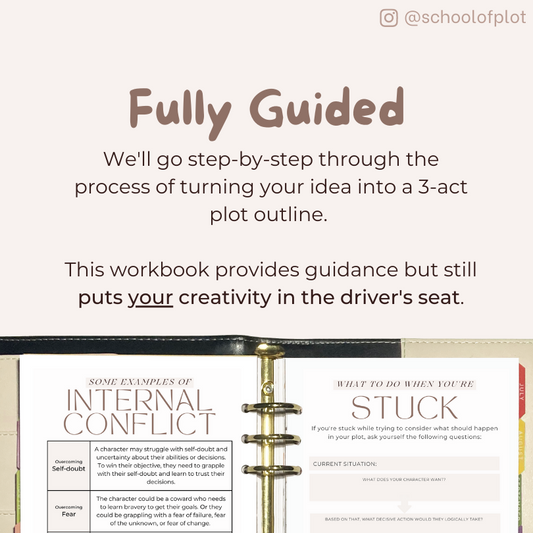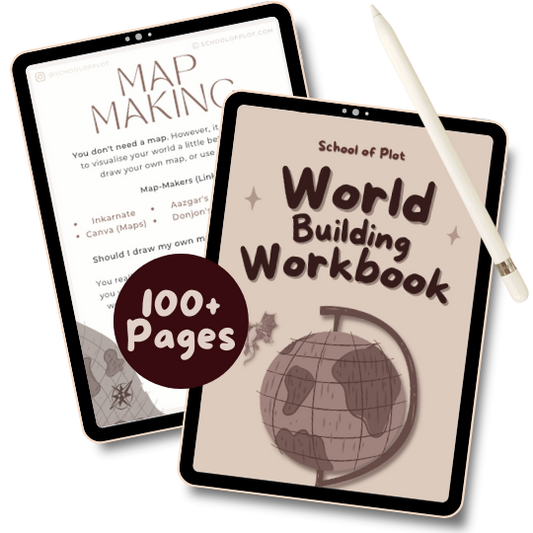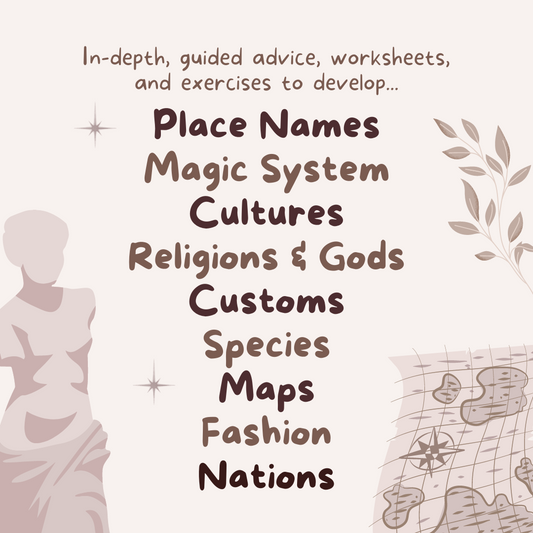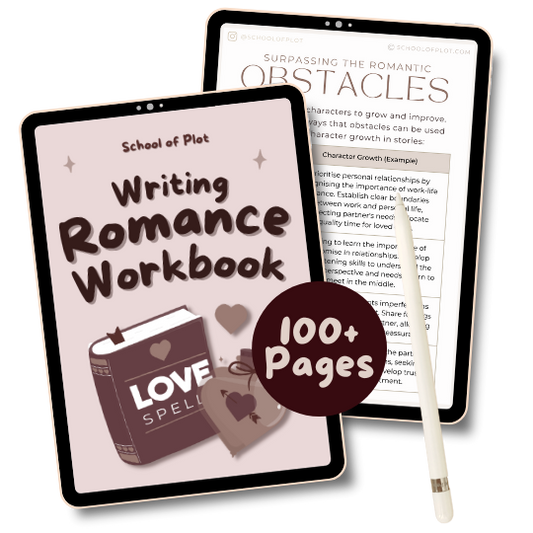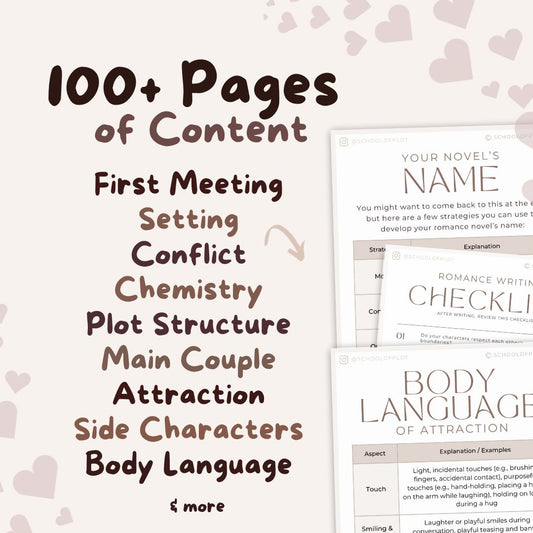Side characters have the potential to be fan favourites or forgettable afterthoughts. This guide gives you some tips on how to write a side character who'll stick in your readers' minds and hopefully join the former category, not the latter.
Give Them a Reason to Be There
Everyone’s the main character in their own story. If your (named) side characters don’t actually want anything, they’re at risk of being more of a plot device than a believable person.
You don’t need to plunge readers into extended flashbacks explaining side characters’ childhoods or anything like that. Just make sure they have a personal goal beyond making quips and dying tragically. This gives you a basis from which you can write their actions and decisions consistently.
Give Them a Distinct Voice
What does this mean? An easy example is to think of a shy medieval nun talking to a 19 year-old Californian TikToker.
Are they going to use the same vocabulary? The same turns of phrase? Are they going to approach taboo topics with the same directness? Will they both blaspheme? Will they both hesitate the same amount?
Consider how your character’s hometown, age, values, personality, and upbringing affect the way they speak. There’s a whole section about this in the Character Workbook.
Use Them to Add Mystery
You don’t have to do this, but a fun way to add intrigue to your story is to give your side characters a little mystery.
Are they running away from something? Do they have a secret history with the villain? Do they keep sneaking off somewhere and acting shady when anyone asks about it? Do they seem to know the protagonist despite never meeting them before...or so we think?
Hinting at these mysteries can keep your readers turning the pages to find out what exactly this character is hiding.
Consider How They Support the Story
Here are some ideas to get you started:
- Catalyst: They push the protagonist forwards by triggering events, offering a new perspective, inspiring them, etc.
- Obstacle: They block the protagonist from getting what they want, meaning the protagonist has to develop (like becoming more courageous) to push back
- Mirror: They’re similar to the protagonist in a way that emphasises certain traits/themes
- Contrast: They’re different to the protagonist in a significant way that emphasises certain traits/themes
For more writing content, check out Writing Club by School of Plot, my writing podcast. It's available on:
